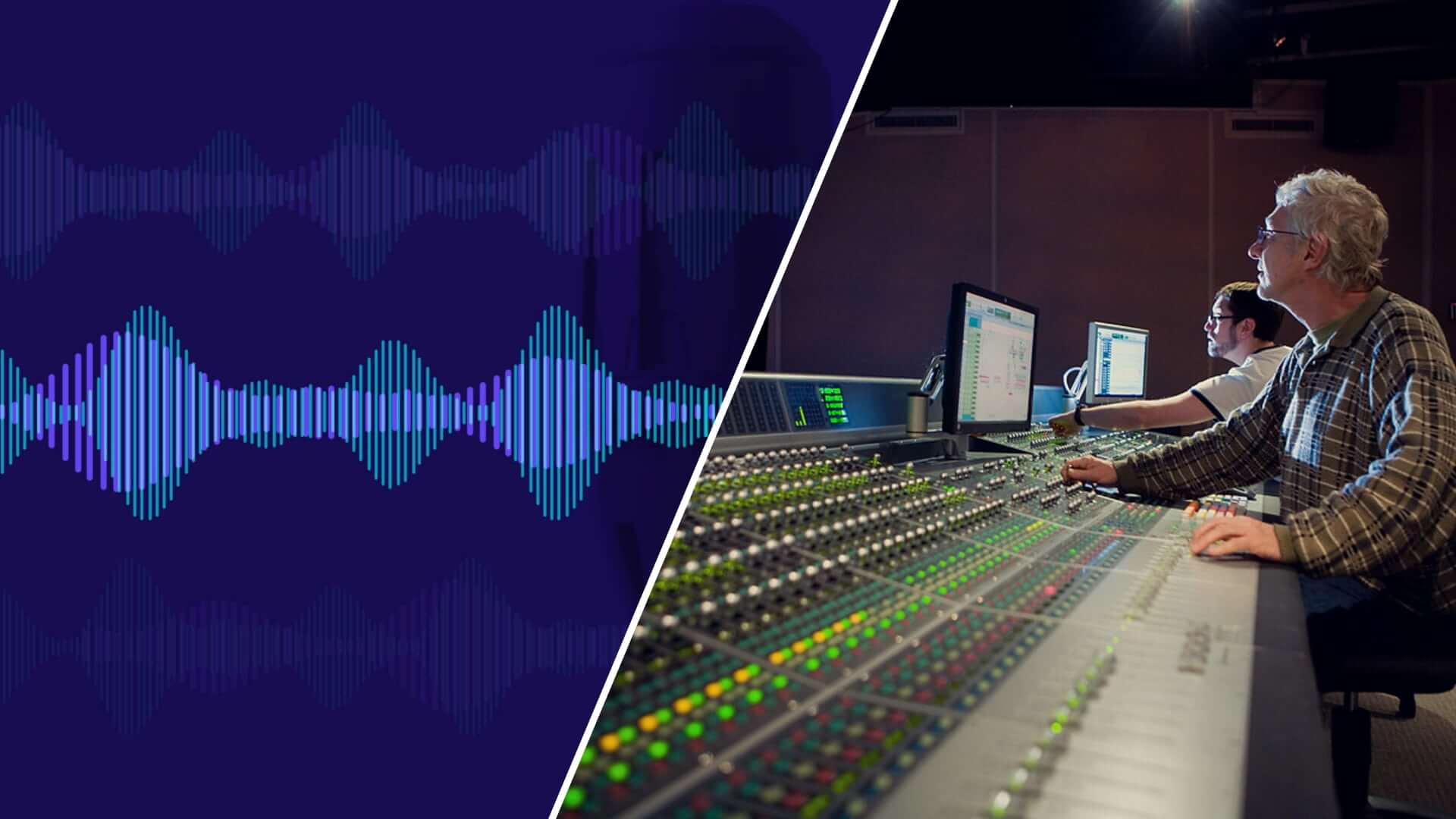What is asynchronous sound? Unless you work in the audio field, then there’s a decent chance the term “asynchronous sound” is new to you. We’ll be breaking down the term, comparing and contrasting synchronous and asynchronous sound, exploring the creative application of asynchronous sound, and taking a look at examples of asynchronous sound in popular films.
Asynchronous Sound Definition
Let’s define asynchronous sound
Understanding asynchronous sound is easier if you already have an understanding of what synchronous sound is. In short, synchronous sound is when the audio of a film is synchronized to the visuals, otherwise described as the film being “in sync.” If you come across any other unfamiliar terms, our ultimate guide to film terminology is a helpful resource for looking them up.
Now, let’s define asynchronous sound.
ASYNCHRONOUS SOUND DEFINITION
What is asynchronous sound?
Asynchronous Sound is a situation when audio tracks are out of unison with the visuals in the frame. It can sometimes be intentional and sometimes accidental. Accidental asynchronous sound should be avoided at all costs, but when done with purpose, asynchronous sound can be a powerful creative tool.
Asynchronous Sound Characteristics:
- Opposite of synchronous sound
- Can be accidental or purposeful
- Synchronous and asynchronous sound can occur simultaneously
Asynchronous Sound Effects
When to use asynchronous sound
There are many creative ways to use asynchronous sound in filmmaking. Any type of audio that can be synchronous, can also be asynchronous. SFX, music, and dialogue can all be asynchronous and work to the thematic benefit of your film, the important thing is to make sure it is an intentional choice and not a mere sync issue, and that there is a compelling reason behind the decision
Two of the most commonly used asynchronous sound design techniques are J-cuts and L-cuts. In a screenplay, this type of asynchronous sound is signaled by the word “prelap.”
A J-cut features audio from the following scene entering the end of the current scene, while the L-cut features the inverse. Check out the video below for further insights into J and L-cuts and to see examples from great films.
Editing transitions, including sound • Non simultaneous sound example
Asynchronous music can make for a compelling juxtaposition of on-screen imagery when the emotions are opposed, asynchronous church bells can provide an ominous atmosphere before a showdown, asynchronous dialogue from a character can become voice-over as the images change.
The limits of sound design are near boundless. Asynchronous sound encourages experimentation, so feel free to play around and try different things when incorporating asynchronous sound into your own projects. And when you do enter production on your own projects, StudioBinder’s file-sharing software can make collaborating with your crew members quick and easy.
Asynchronous Sound in Film
Creative asynchronous sound examples
Professional filmmakers use asynchronous sound all the time. Many common elements of a film’s sound design are asynchronous by nature. Now that you have an understanding of asynchronous sound, you may begin noticing it more frequently in the films and TV shows that you watch.
Here is a super-quick example of asynchronous sound design from the master of suspense Alfred Hitchcock. The piercing sound of a train whistle magnifies the shock felt by the character more than a simple scream would. Find out where the 39 Steps ranks on our list of the best Alfred Hitchcock films.
Asynchronous sound in The 39 Steps • What is asynchronous sound in film
This scene from Darren Aronofsky’s Mother! is filled with wall-to-wall chaotic sound design. The asynchronous sounds are layered behind the already-busy synchronous sounds and serve to make the frantic, rapidly escalating events within the home feel even larger than what we are shown. Find out where Mother! Ranks on our list of the best Darren Aronofsky movies.
Synchronous and asynchronous sound in Mother! • non simultaneous sound example
David Lynch is a master of sound design, as displayed brilliantly in this early scene of his debut feature-film Eraserhead. The rich soundscapes we hear do not match what we are shown literally on screen, but they perfectly embody the oppressive atmosphere of this film’s particular, dark world.
Industrial soundscapes in Eraserhead • asynchronous sound effects
Asynchronous sound is an important piece in the overall sound-design puzzle. There is a lot that goes into crafting the audio layer of a film, and synchronicity is just one of many avenues for creative expression through sound.
UP NEXT
What is Sound Design?
Now that you have an understanding of both synchronous and asynchronous sound, you can begin implementing these techniques into your overall sound design approach. Learn the ins and outs of sound design and check out some examples of top-notch sound design from great films, up next.
Up Next: Guide to Sound Design →
Showcase your vision with elegant shot lists and storyboards.
Create robust and customizable shot lists. Upload images to make storyboards and slideshows.
